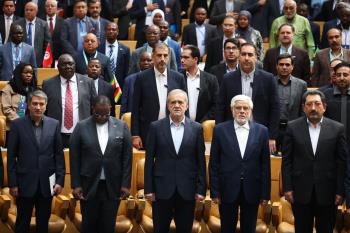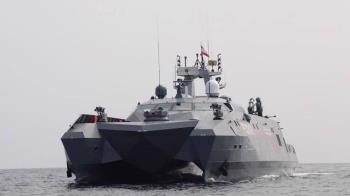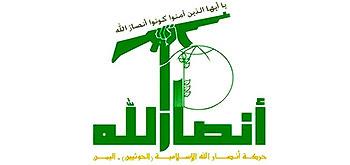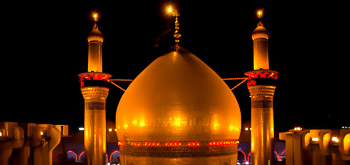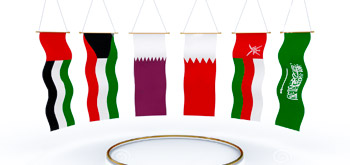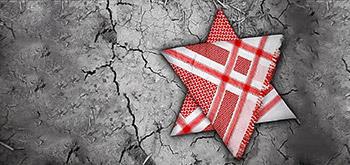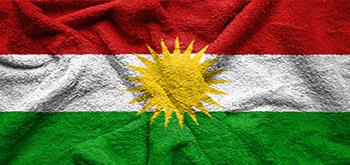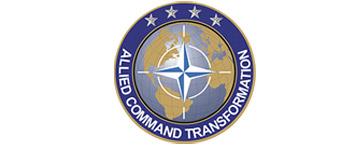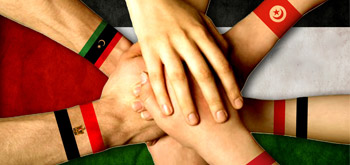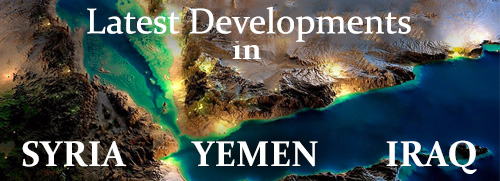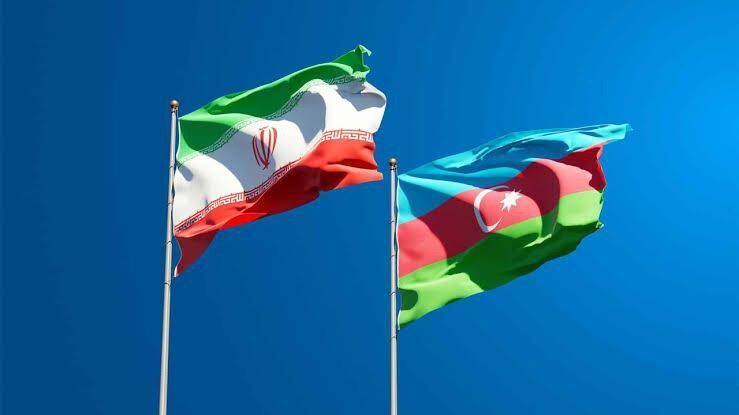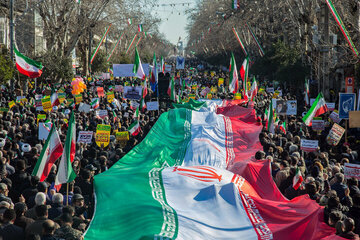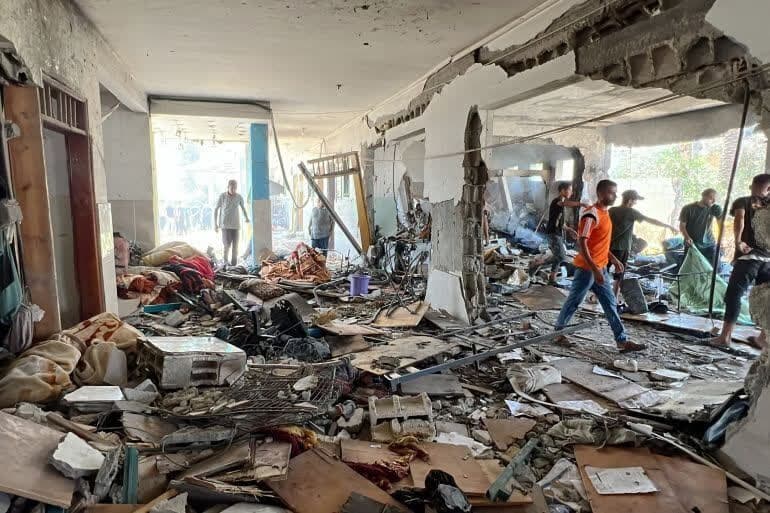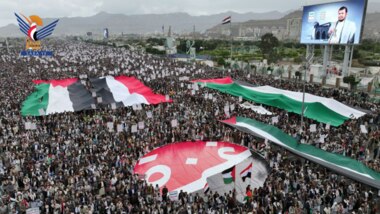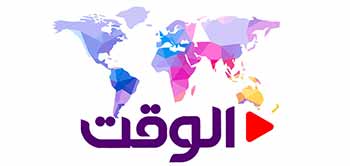Alwaght- "We love our brothers and sisters in the Republic of Azerbaijan with all our hearts, we love them and we consider them our own." These were the words of President Masoud Pezeshkian of Iran in an interview With Azerbaijan's state television on Monday, hours before his visit to Baku. Stressing the development of cooperation with neighbors, Pezeshkian considered this goal one of the priorities of the Islamic Republic in its policy towards neighbors.
Iran and Azerbaijan have always had close economic and political relations and they have continued since the formation of this republic in early 1990s— relations that seem to be of various political and economic profits to the two neighbors.
Two neighbors, one ethnicity and one legacy
Azerbaijan is the biggest Caucasian country located in South Caucasus. Just about 200 years ago, it was part of Iranian territory, but it was split following Russo-Persian wars and under the Golestan and Turkmenchay treaties.
Later in the contemporary period, the Azerbaijan Soviet Socialist Republic seceded from the Soviet Union in 1991 and declared its independence as an independent country. In fact, the history of Iran's relations with the independent Republic of Azerbaijan dates back a little over 30 years, although it cannot be ignored that Azerbaijan has a rich heritage of literature and history that has much in common with Iran. Some of the famous Iranian poets, including Nezami Ganjavi, are considered part of the common literary history of Iran and the Azerbaijan. Also, historical buildings and monuments, including some castles left over from the Sassanid monarchy during the time of the ancient Iranian Empire, are now within the political borders of Azerbaijan.
And most importantly, the Azeri language and culture are part of the common heritage of Iran and Azerbaijan, because a significant part of Iran's cultural heritage includes literary, cultural, and historical works of the Azeri people in Iranian languages, and the citizens of Azerbaijan have ethnic and linguistic affinities with Iran in this cultural heritage.
Iran's place in Azerbaijani exports and imports
Bahram Amir-Ahmadian, a professor of University of Tehran, in a piece published by Iranian Diplomacy website has provided considerable data on the place of Azerbaijan in the region and its trade relations with Iran. According to the data, Azerbaijan is a neighbor in northwest of Iran with a population of 10.1 million people (2023), with a GDP of $ 72.4 billion (World Bank report in 2023), with a GDP per capita of $7,155. GDP growth of 1.1 percent in 2023 has been announced. It experienced the largest GDP growth of 25 percent in the first decade of the 21st century).
Also, according to data, Azerbaijan has an unemployment rate of 6.5 percent, an inflation rate of 8.8 percent, and as a country with significant oil and gas reserves, it is one of the important oil and gas exporters in the Caspian Sea region. Its foreign trade in 2023 was $ 51.2 billion ($17.3 billion imports and $33.9 billion exports), showing a favorable economic situation. Azerbaijan's major import partners in 2023 were Russia with $12.3 billion, China with $3 billion, Turkey with $2.3 billion, Germany with $916 million, and the US with $889 million ranked first to fifth respectively, and Iran with $473 million ranked seventh among Azerbaijan's import partners.
Its export destinations included Italy, Turkey, Israel, Greece, India, Russia, Germany, Spain, Georgia, and the Czech Republic. In this regard, Iran ranked 45th among the export destination countries of Azerbaijan with $14.3 million.
Areas of cooperation
Both for Azerbaijan and Iran, this cooperation and close relations bear an array of economic opportunities:
Cooperation in transportation: Iran is linked through Turkey to the Black Sea and then Europe, and actually Turkey is the main path of Iran to Europe.
However, in addition to Turkey, the route of Azerbaijan is one of Iran's other transit routes to reach Europe via the Black Sea. Iran also has the same reciprocal role of communication for Azerbaijan, because Iran is the shortest way for Azerbaijan to access the warm waters of the Persian Gulf and seaports in East Asia. Having in mind that the main exports of Azerbaijan include oil products and energy, Iran's oil export terminals in the Persian Gulf provide a great opportunity for Baku to export its energy to Eastern markets. In the 2017, when tensions between Qatar and the (Persian) Gulf Cooperation Council erupted and Qatar was put under Saudi-led blockade, Iran and Turkey raised the need to establish a "Persian Gulf-Black Sea Corridor" connecting Iran and Turkey and Qatar. Another option was a route including Armenia and Georgia. They partially operationalized these routes. However, in practice, due to the lack of suitable vessels to carry trucks, the project was postponed, and following Saudi-Qatari reconciliation, the project was halted.
However, their transportation relations have been on the rise over the past two years and according to official data provided by Baku government, their bilateral transportation volume in 2024 grew 20 percent and 23 percent in transit sector.
Joint transportation projects: According to the Azerbaijani media, upgrading the North-South Corridor, including the construction of the Astara cargo terminal and a new automobile and pedestrian bridge over the Astarachay River, has further strengthened economic cooperation between Azerbaijan and Iran. Also, important projects such as the development of the East-West corridor, including the establishment of the Aqband-Kalalah automobile and rail connection, which provides the shortest link to Nakhchivan through Iranian territory, and the construction of the Siahrud-Ordubad vehicle bridges, as well as the construction of relevant border-customs infrastructure, are among the projects jointly implemented by the two countries in transportation sector.
Cooperation in other areas: According to Xalq Qezeti, an Azeri magazine published in Baku, cooperation and investment in industry, agriculture, transportation, construction, trade, and services have expanded over the past years. Energy projects, according to the magazine, also play an important role in economic cooperation between Azerbaijan and Iran. For example, the cooperation on the Khuda Afarin and Giz Qalasi hydroelectric power plants on the Aras River, as well as the Ordubad and Marazad hydroelectric power plants, is of great importance, and these infrastructure projects will serve progress of the region.
Official figures of cooperation: According to statistics published by Azerbaijani sources, in 2024, the volume of trade between Azerbaijan and Iran amounted to $647 million (a 33 percent increase compared to 2023). Iran supplies sand, quartz, gypsum, cement clinker, bricks, metal structures, industrial lubricants, etc. to Azerbaijan. Goods such as soap, detergents, ethylene-propylene, polymer products and shoes are also exported from the Azerbaijan province of Iran to the Republic of Azerbaijan. Iran is also a leader in the export of gas stoves and metal appliances to Azerbaijan. Air conditioners, washing machines, transformers and furniture are also exported from Iran to Azerbaijan in small quantities.
On the other side, Azerbaijan exports major goods to Iran, including semi-steel products, natural gas, some food products, electricity, some plants and other products made of ferrous metals, silk and plastics. Also, according to statistics from the Baku-based Azerbaijani newspaper, the number of Iranian companies registered in Azerbaijan has gone beyond one thousand and the volume of Iranian investment in Azerbaijan has exceeded $3.4 billion. According to these statistics, the volume of mutual trade exchanges between the two neighboring countries increased by more than 32 percent last year, compared to 2023. Reports suggest that during this period, Iran invested more than $371 million in the Azerbaijani economy.
Also, it is noteworthy that so far, the two countries have signed about 30 documents for business. Agreements for promotion and support of mutual investment and cooperation in trade, energy, transportation, tourism, customs affairs, and elimination of double taxation are obvious examples of this partnership.

